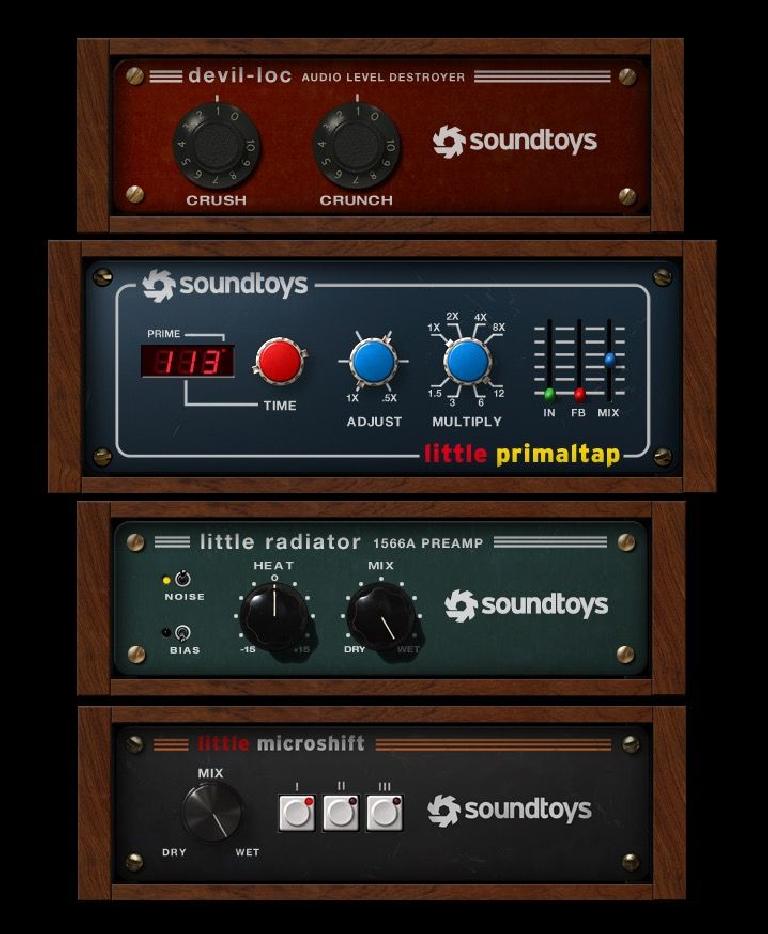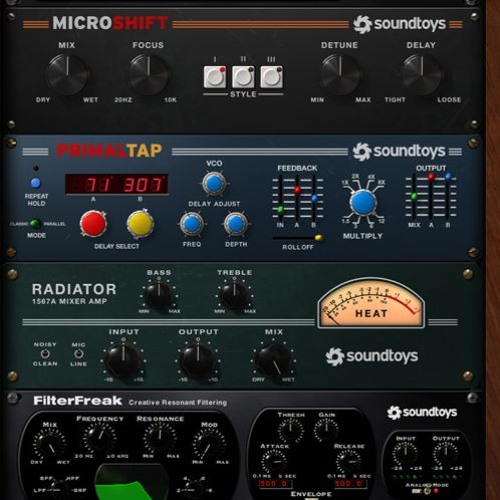
While it might be useful to some, one can only include Soundtoys modules in a rack configuration, and the inability to include straight-up EQ and/or compression makes it of marginal value to my way of thinking. Finally, the rack container (pictured at the top of this article) won’t be covered. We will just look at one version of the filter module. We’re just going to look at the full versions. Specifically, the three lite versions will be ignored.

We are not going to cover every single plug-in. The remaining units will be covered in the next issue of SoundBytes. In this issue we will look at six units that are probably the most complex with respect to modulation capabilities and the like. We will examine all the major plug-ins in two parts. The functions of the modules comprise several distortion effects (amp simulation counting as distortion), a couple of delay-type FX units, a granulation effect, a phaser, the filter modules, a pan module, a tremolo module, a stereo widener and a pitch/formant-shifter. That number includes the Soundtoys rack (more in a moment about that), three “junior” versions of full modules, and two versions of the filter module (one-filter and two-filter incarnations). The Soundtoys effect suite consists of eighteen modules.

So, while I had had little interest prior to version 5 due to the iLok requirement, the new dongle-less capability was motivation to check out Soundtoys to see what all the enthusiasm was about. With version 5, iLok authorization was still in the picture, but like a lot of other software vendors recently, Soundtoys has made the need for a physical dongle optional. Prior to that, using Soundtoys software required an iLok dongle. Version 5 of the Soundtoys collection of FX plug-ins appeared the first part of 2015.

We take a look here to see what all the excitement is about.

Soundtoys has some extremely loyal and enthusiastic fans in the computer music production community.


 0 kommentar(er)
0 kommentar(er)
